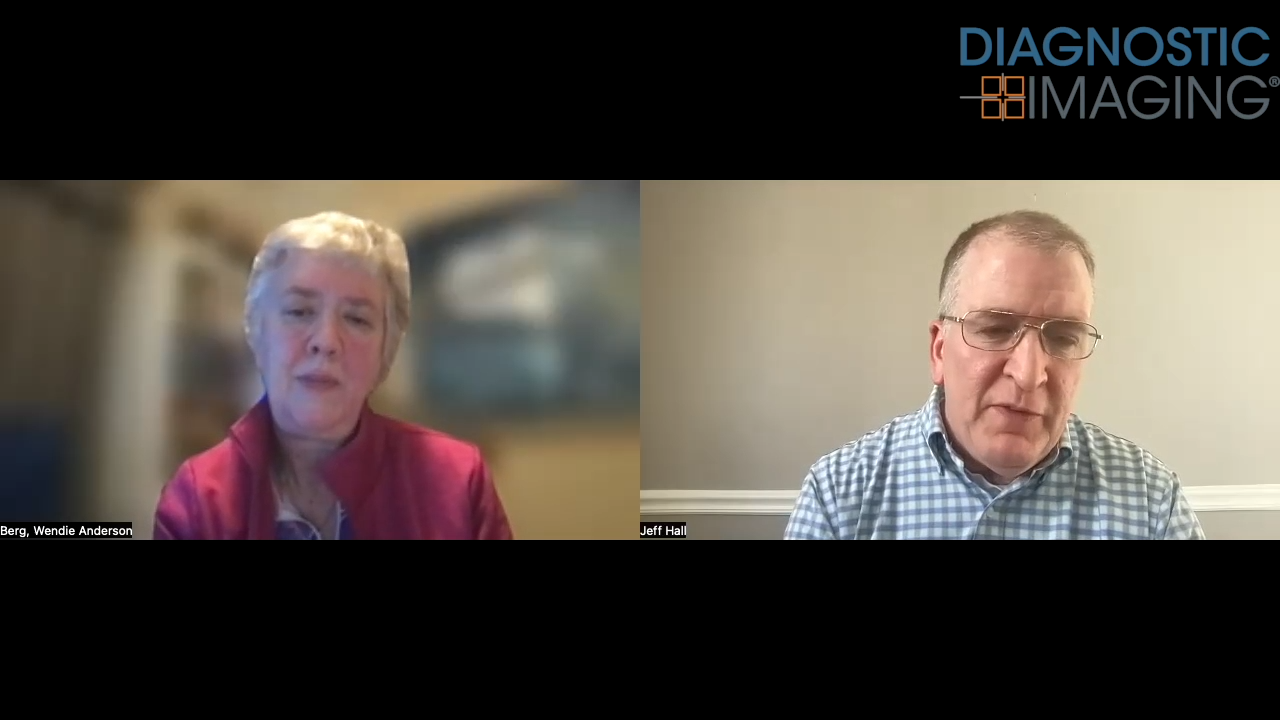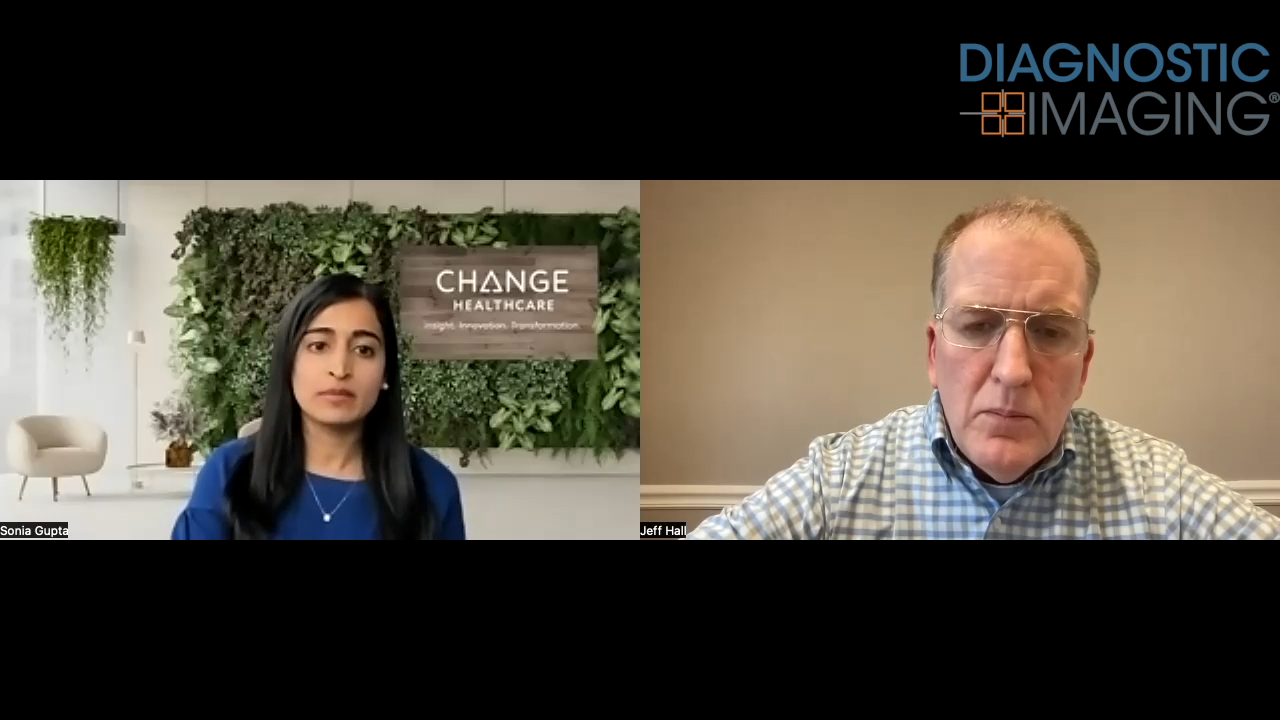A Physician Shortage, But Too Many Radiologists
The medical community is bracing for a physician shortage, but data shows the opposite trend for radiology.
If you listen to the medical community, there’s a physician shortage brewing. By 2020, the country will need 91,500 additional doctors. By 2025, that figure rises to 130,600 according to the Association of American Medical Colleges (AAMC). Where does radiology fit into that?
At its heyday, around 2001–2003, radiologists were in high demand. As one of the most requested specialist searches by national health care search firm Merritt Hawkins, radiology is no longer in their top 20. Data for The Medicus Firm, a different physician search firm, shows similar results. “Now there’s an oversaturation of radiologists in the market,” said Allen Bilbray, regional vice president. He said that when they send out a direct mail advertisement for a physician, they usually get a 1% response rate, but for radiology jobs, they get a 10% response rate.
“There’s a surplus of jobs in other fields, but not radiology,” said Edward Bluth, MD, chair of the American College of Radiology’s (ACR) Commission on Human Resources, and chairman of the Department of Radiology at Health System in New Orleans.
The 2014 ACR Commission on Human Resources Workforce Survey, which analyzed the number and location of radiology jobs for the past four years, said the 2014 job market was flat, which was consistent with the 2013 and 2012 job market. “We’ve demonstrated that there’s a limited number of jobs, approximately one per finishing resident,” Bluth said, around 1,100-1,200 jobs annually.[[{"type":"media","view_mode":"media_crop","fid":"30815","attributes":{"alt":"physician shortage","class":"media-image media-image-right","id":"media_crop_1691566346335","media_crop_h":"0","media_crop_image_style":"-1","media_crop_instance":"3236","media_crop_rotate":"0","media_crop_scale_h":"0","media_crop_scale_w":"0","media_crop_w":"0","media_crop_x":"0","media_crop_y":"0","style":"height: 161px; width: 160px; border-width: 0px; border-style: solid; margin: 1px; float: right;","title":" ","typeof":"foaf:Image"}}]]
Physician Shortage
While some are concerned there are too many radiologists in the field, others like the AAMC are concerned about a nationwide physician shortage. Conventional wisdom says it’s just primary care physicians in great demand, but Christiane Mitchell, the AAMC’s director of federal affairs, said the demand is half primary care, and half specialty. “There’s a misperception that it’s most serious among primary care providers, but that’s not true. It’s evenly split between primary care and the specialties,” she said, though she was unable to comment on whether radiology was included in that shortage.
In response to the anticipated shortage, U.S. medical schools committed – and are on track – to increase their class sizes 30% by 2018, said Mitchell, even though the number of government-funded residency positions has been frozen since 1997. “The AAMC is very concerned that there are highly qualified physicians in the match system who won’t find a position,” she said. According to AAMC figures, 10,000 additional physicians need to be trained per year to compensate for the impending physician shortage, but the Affordable Care Act only allotted 300 new physician training slots annually.
In terms of recruiters, hospitals and groups generally turn to them when they have an urgent need or have exhausted their own recruiting resources, said Bilbray. The Medicus Firm’s mix is currently 70% primary care searches (including internal medicine, Ob/Gyn, family practice, and pediatrics), and 30% specialty searches – the opposite of what they were doing 10 years ago.
Why The Shortage?
Several factors contribute to a physician shortage, including a generation entering the medical workforce who is committed to work-life balance. “They certainly share a commitment to their careers and patients, but they value their marriages and their children and they often want to work part-time or help with child care, or stop midcareer to have a child,” said Mitchell. “That helps shape what they’d like to practice, where, and how many hours.”
That shortage is impacted by physicians not working as many hours as previous generations did, said Tommy Bohannon, divisional vice president of Merritt Hawkins. Plus more of the physicians are female, and they tend to work fewer hours than their colleagues, he said. Physicians are also increasingly going to a hospital-based position, where they’re proven to be less productive. “They’re not filling the same FTE [full time equivalent] their predecessors did.”
Another reason for the shortage includes record numbers of baby boomers turning 65 and entering the Medicare system, said Mitchell. AAMC figures show 10,000 people a day are turning 65, which will continue for the next 20 years. Along with increased patient volume, there’s an increased need for physician services. “The number one risk factor for just about any condition or injury is getting older,” Mitchell said. The boomers are living longer than previous generations, and need care over a longer duration.
“On top of that, every baby boomer who became a doctor is about to retire,” said Mitchell. In radiology, though, some are concerned that the senior doctors aren’t retiring fast enough, which impacts the availability of positions for the new doctors. According to the JACR report Retirement Issues for Radiologists and the Radiology Practice, Part 1: A Report of the ACR Commission on Human Resources, Subcommittee on Retirement, economic conditions are partly affecting senior radiologists from retiring.
“There are a large number of people who are working beyond the age of 65, which is a national trend,” said Bluth. “We have 7% of the [radiology] workforce, approximately 2,200–2,300 radiologists over 65,” and 21%, or 6,400 are ages 56–64, for a combined 28% of the radiologist workforce over the age of 56.
Why aren’t they retiring? Some of it is financial, but “people are healthier, more energetic and derive satisfaction and identification in their job,” said Bluth. They want to continue their activities and they have a longer life expectancy.
While there may be an oversaturation in the radiology market in the U.S., England is experiencing a shortage, according to a recent article in The Guardian. The health care system doesn’t have enough radiologists who can read CT, MRI, and X-ray images, especially for patients with suspected cancer, resulting in month-long delays in image interpretation. England has 48 trained radiologists per million, about half of Germany’s level of 92 per million, and less than other European countries (Spain, 112 per million and France, 130 per million). The U.S. has approximately 34,000 radiologists, or 100 per million according to theJournal of Nuclear Medicine.
Radiology Job Market
According to the ACR 2014 survey, 1,069 radiologists were hired in 2013, with 1,114 jobs projected for 2014, and 1,131 jobs projected for 2017. The number of jobs available roughly equals the number of residents completing their diagnostic radiology training. “Job opportunities remain available but may not necessarily be in the subspecialty, geographic area, or type of practice an individual most desires,” the survey authors concluded.
Even though radiologists aren’t retiring as fast as they might have in the past, there’s the possibility of the job scene opening up if they do retire in greater numbers, said Bluth. There’s also a possibility for an increased number of radiology jobs with more people gaining health care coverage, and the potential availability of mass screening for lung cancer, he said. “That could open a significant new volume of imaging which wasn’t present before. It will require more manpower; these aren’t easy things to interpret.”
While the job market may be tight right now, partly for these reasons, “I’m concerned there may be a shortage at some time,” he said.
Where Are The Jobs?
The largest percentage of jobs right now is in the Midwest, followed by the South, West, Southwest, New England, and Mid-Atlantic, according the ACR’s 2014 survey. Bluth said that the previous three surveys showed the South as having the most jobs, followed by the Midwest, but they switched positions this year.
While some feel there’s a physician distribution issue, with fewer jobs available in large metropolitan areas, said Bohannon, his firm provides client searches for these areas, including Manhattan, Dallas, Orlando, and San Francisco. While Bohannon said it will be harder to find a job in New York City than Buffalo, when you look at smaller communities, there are fewer options or venues that can utilize the doctor’s skills.
Search firms are less popular options for finding a radiology job these days. “People are getting jobs through word of mouth and standard advertising,” said Bluth. In addition to job boards, they’re networking and hearing about positions through faculty of their training program, who have wide spectrum of connections and can help direct people to job openings, he said.
A study of the ACR job boards published in early 2014 noted an imbalance between the number of new job seekers on the site (more), and the number of jobs available (fewer). The study, which covered most of 2010–2013, showed a mean number of 168 new job seekers per month, versus an average of 84 new jobs listed per month. When Diagnostic Imaging searched the job boards in early December, 2014, there were about 255 jobs listed. Other job boards had significantly fewer openings.
Bilbray from The Medicus Firm said their recent radiology searches mostly centered around procedural and interventional radiology positions, rather than diagnostic. They recruit for their positions in several ways, including advertisements on job boards and via direct mail, using lists from the American Medical Association, the American Board of Radiology, and specialty societies. The practices generally aren’t concerned with the amount of a practitioner’s experience, they’re more concerned with retention and the potential length of the physician’s career.
The news isn’t all dire. “It’s an improving situation,” said Bluth. “I expect we’ll find in 2015 that there’s been an improvement in the job opportunities for finishing residents and others in the field of radiology who want to change. It appears that way in informal discussions with people around the country.”
Could AI-Powered Abbreviated MRI Reinvent Detection for Structural Abnormalities of the Knee?
April 24th 2025Employing deep learning image reconstruction, parallel imaging and multi-slice acceleration in a sub-five-minute 3T knee MRI, researchers noted 100 percent sensitivity and 99 percent specificity for anterior cruciate ligament (ACL) tears.
The Reading Room: Artificial Intelligence: What RSNA 2020 Offered, and What 2021 Could Bring
December 5th 2020Nina Kottler, M.D., chief medical officer of AI at Radiology Partners, discusses, during RSNA 2020, what new developments the annual meeting provided about these technologies, sessions to access, and what to expect in the coming year.
New Collaboration Offers Promise of Automating Prior Authorizations in Radiology with AI
March 26th 2025In addition to a variety of tools to promote radiology workflow efficiencies, the integration of the Gravity AI tools into the PowerServer RIS platform may reduce time-consuming prior authorizations to minutes for completion.
Strategies to Reduce Disparities in Interventional Radiology Care
March 19th 2025In order to help address the geographic, racial, and socioeconomic barriers that limit patient access to interventional radiology (IR) care, these authors recommend a variety of measures ranging from increased patient and physician awareness of IR to mobile IR clinics and improved understanding of social determinants of health.










